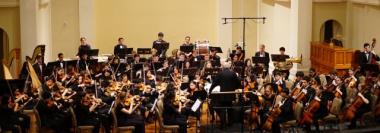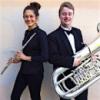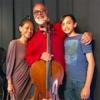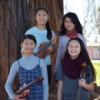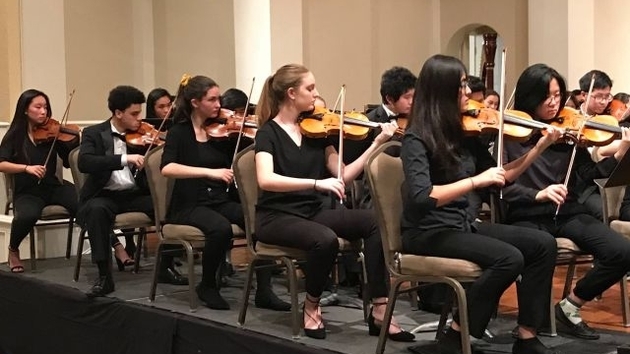
The Bay Area’s Young People’s Symphony Orchestra is going strong in its 82nd season, which means that among the country’s 15,000 youth orchestras, YPSO is the second oldest.
As California is three-quarters of a century “younger” than the U.S., it is noteworthy that seniority doesn’t belong to East Coast states. In fact, even the oldest youth orchestra, 95-year-old Portland Youth Philharmonic in Oregon, is a West Coast organization. Must be something in the water... of the Pacific.
YPSO’s next concert is on Feb. 2, in First Congregational Church of Berkeley, under the baton of Music Director David Ramadanoff, who has led the orchestra for 30 years. YPSO’s 83 musicians range in age from 12 to 18; they hail from 31 Bay Area cities.
Ramadanoff speaks of his “concern about the enormous academic pressures increasing on our musicians at school, and to still have the time to practice and play at the high level that they do.
“At the same time, those that can make the commitment, they find it rewarding; so, it makes it doubly important that we continue to do it. And we’re doing this at a time when music, in some areas, is being cut back.”
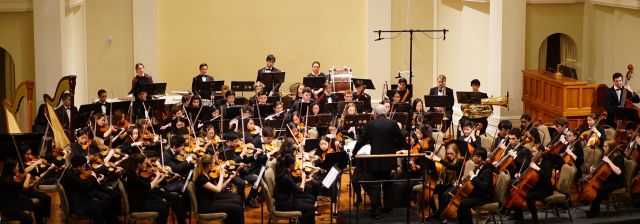
The varied program on Feb. 2 includes Debussy’s 1912 “Gigues” (the first part of Images, originally called “Gigues tristes” or “Sad Jigs”) to the first movement of Lalo’s Cello Concerto, concluding with Holst’s The Planets. Ramadanoff says of the program:
With Debussy and Holst, you have two early-20th-century masters who are exploring music in different ways. Debussy was a revolutionary in form and harmony. And Holst, not so obviously a revolutionary, was stretching the boundaries of form and rhythm.
Each of the movements in The Planets is about the character of a particular planet, and strikingly different. Both works are incredible studies in orchestration.”
A special aspect of the concert is that the soloist in the concerto is 15-year-old YPSO cellist and 2018-19 Concerto Competition winner Ariadne Bashore Walker, a sophomore at Oakland School for the Arts.
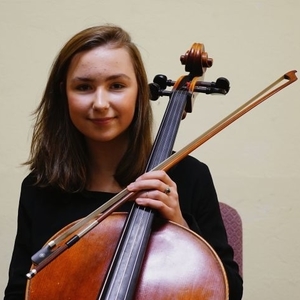
She likes the work because of its quintessential late-Romantic era characteristics: “I enjoy delving into the dramatic expression and operatic lines throughout the piece. A challenging aspect of this concerto for me was developing enough technical fluidity to negotiate the passagework while also finding a personal interpretation,” she says.
“When I first heard a recording of this work, I imagined it would be very exciting to perform with orchestra because of the emotional dialogue between orchestra and soloist.”
The featured and final work on the program will be Gustav Holst’s The Planets, which had its world premiere in London in 1920. A work for large orchestra in seven movements, it had its genesis in the composer’s study of astrology.
“As a rule I only study things that suggest music to me,” Holst once wrote, “recently the character of each planet suggested lots to me.” From the ominous, brutal march in the opening movement “Mars, the Bringer of War,” and Holst’s use of the tritone, to the final movement, “Neptune, the Mystic,” that dissolves in a chorus of ethereal women’s voices, Holst takes the listener on an epic sonic journey that displays a unique harmonic language bolstered by polyrhythmic turns throughout that has, at its root, English folk music.
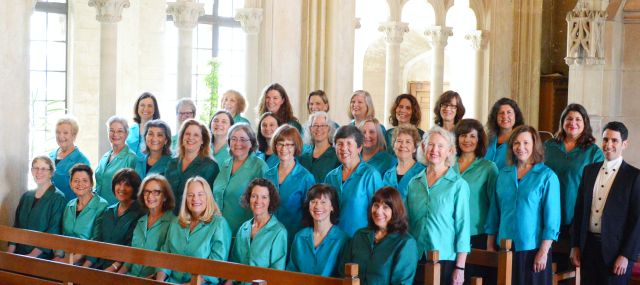
Although it was his most popular and successful work, Holst, an introverted, private man, hated the international notoriety that came with the success of The Planets.
The guest chorus for The Planets is Orinda-based WomenSing, under the direction of Ofer dal Lal. Founded in 1965, WomenSing is a chorus renowned for its vibrant sound. Their repertoire includes both the traditional and the unexpected, featuring great landmarks of the women’s chorus repertoire, seldom performed works, new music, and commissions from nationally recognized composers.

